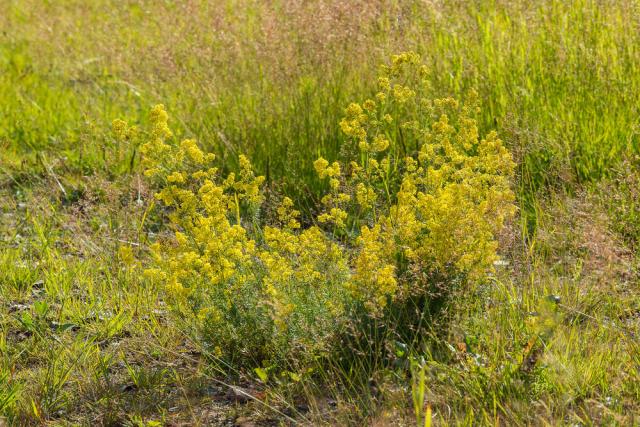
Where should I plant?
Wildflower meadows are one of the UK’s most beautiful landscapes. True wildflower meadows are made up of perennial flowers that come back year after year, supporting a huge range of wildlife.
Planting wildflowers will bring benefits to your local bees and butterflies, as well as brightening up any area.
You can introduce wildflowers in a range of areas:
- Your whole lawn
- A section of your garden
- In raised beds
- In window boxes
- Plant pots
- Your allotment
You can also work with your local community, school or council to get permission to introduce wildflowers to community green spaces, playing fields and parks.
The larger the area you can add wildflowers to, the greater the benefit to local wildlife!
The only specification for planting wildflowers is that the area needs to be open and sunny. If your planting area is shaded then you should look at planting woodland wildflowers as they will be more likely to thrive.
Wildflowers grow best in low quality soil, so do not use compost or any fertiliser as that will allow grasses to grow that out-compete the flowers. If your soil is rich then you may need to remove the top 3-6 inches of top soil to ensure that the conditions are right for growing wildflowers.
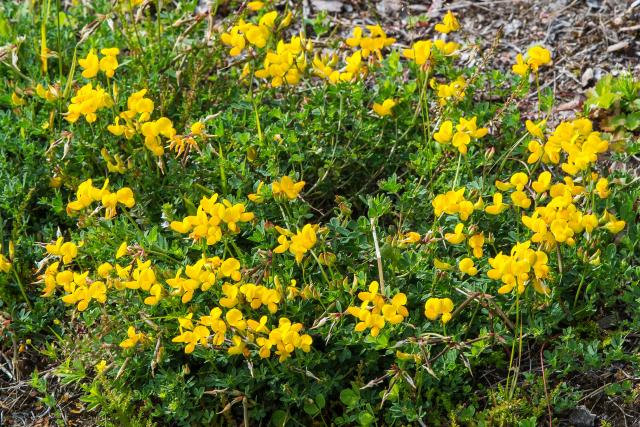
Creating your meadow
The best time to sow seeds and start creating your meadow is autumn. You can also plant in spring.
- You need to create a fine top layer of soil to sow the seeds. So clear the ground of any existing vegetation you don’t want to keep, to create areas of bare soil where you can sow.
- Use local seeds where possible, and always use UK native seeds to ensure that you aren’t introducing any alien species.
- TIP: Lots of wildflower seed mixes include yellow rattle seed. Yellow rattle is parasitic to grass, so will stop grass from growing, giving your wildflower meadow a much better chance of establishing.
- 5g of seed is needed per square metre. Scatter the seeds as you walk across the ground, trying to get an even coverage. Then rake the soil and walk back over the area so that the seeds make contact with the soil. Keep the area well-watered until it is established.
- Beware the birds! Birds will love to eat the wildflower seeds, so some gardeners like to put up netting while the seeds are germinating

Looking after your meadow
If you have prepared your meadow in autumn then you should start to see signs of life – and your first flowers! – in spring.
- You need to cut the meadow in midsummer in the first year. Leave the cuttings on the ground for a day or two to let any seeds drop back into the meadow, and then remove all the cuttings.
- After the first year, it’s important that you do not mow from early April to late summer – August or September. This allows as many types of wildflowers to bloom as possible, providing food sources for pollinators for a long period of time.
- In autumn you can mow again and do any weeding of unwanted plants, like nettles.
- If you’ve planted seeds in spring then you should get your first blooms in summer, but the main bloom will happen the following spring.
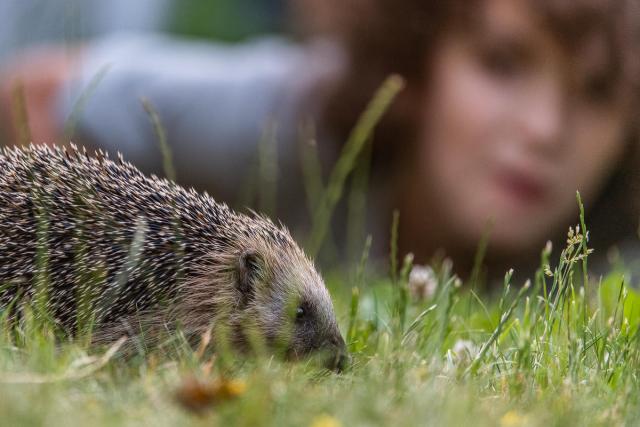
How to get involved if you live in a flat
Even if you live in a flat or don't have a garden, there are plenty of ways to get involved.
- Window boxes.
- Get involved with local community groups for verges/sports fields/local green spaces and encourage them to dedicate an area to wildflowers.
- Sign up for an allotment.
- Have a go at planting wildflower plugs in pots indoors. This has less impact for pollinators than planting outside, but you can always pop them by an open window in summer to help any bees or butterflies passing by.
- Write to your local council/MP about wanting more space for nature locally and nationally and why it's so good for people.
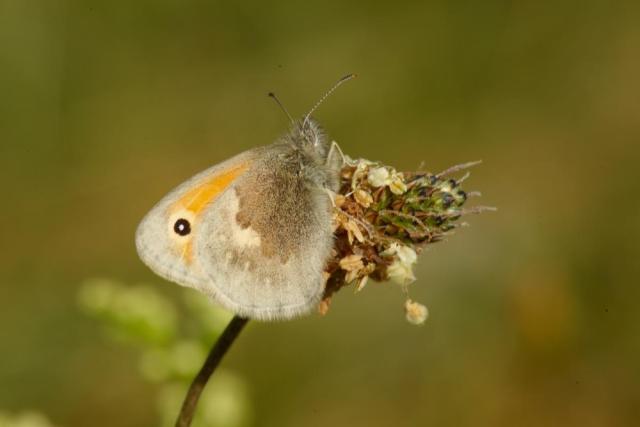
What are the biodiversity benefits of growing wildflowers in your garden?
While it’s difficult to calculate the exact biodiversity benefits of an individual square foot of wilder garden space, the combined effect of lots of people doing this across a local area can be significant.
Adding native wildflowers into a small area of your garden will provide more food for pollinators like bees and butterflies, as well as other insects. The more wildflowers you plant, the greater your impact will be on your local pollinators.
Watch our YouTube video on how to plant wildflowers
TOP TIPS
Remember to use local seeds where at all possible. Using seeds of British origin will help support native species that are in decline.
Be patient! Establishing a meadow takes time, and over the next 2-3 years you will start to see some spectacular flowers bloom – as well as all the amazing wildlife that will begin to appear in your garden.
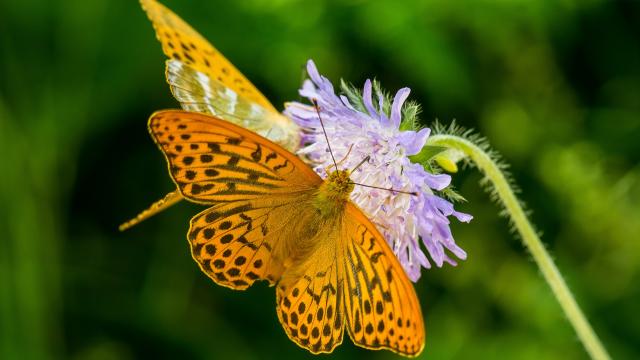
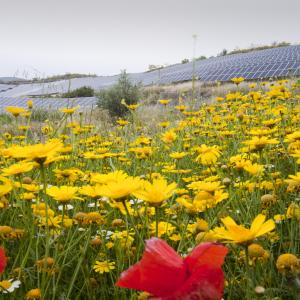 Working with Air Wick to restore UK wildflower
Working with Air Wick to restore UK wildflower
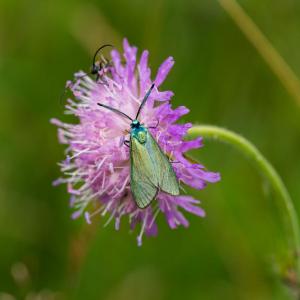 Why we need wildflower habitats
Why we need wildflower habitats
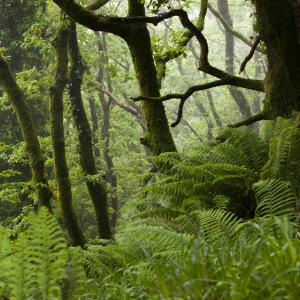 5 ways to help our wellbeing with nature
5 ways to help our wellbeing with nature
 5 tips on turning your garden into a wildlife haven
5 tips on turning your garden into a wildlife haven